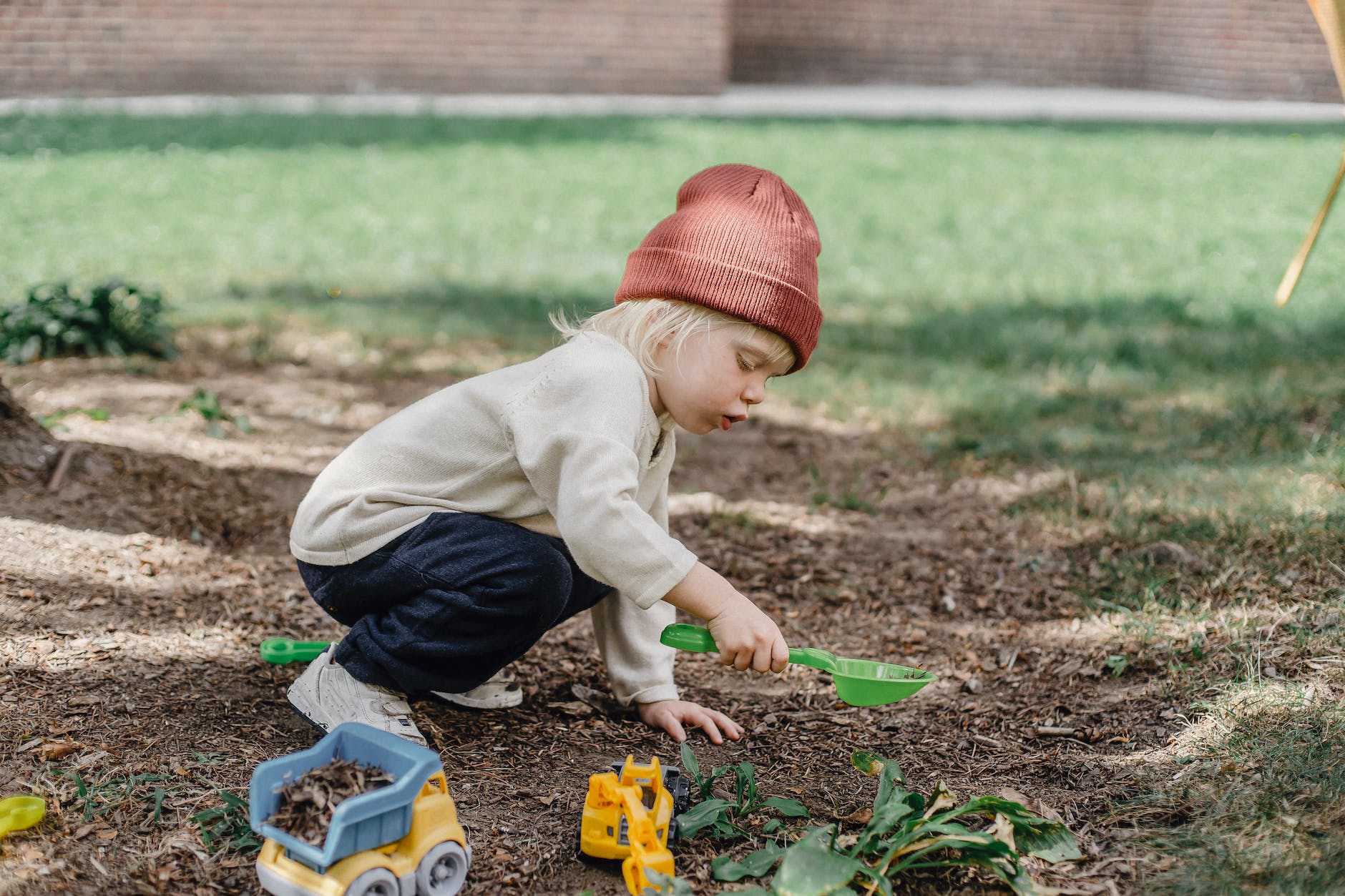
Child’s Development
Playing with toys is an activity that most children enjoy. However, the benefits of playing with toys are not only limited to fun and enjoyment. Toys can also help develop a child’s cognitive and social skills. This article will discuss some of these reasons why toys help a child’s development through play.
1. Encourage Physical Development
Toys also encourage physical development. By playing with toys, children can develop gross motor skills, such as running and jumping. They also improve fine motor skills, which are the small movements of the hands that are necessary for drawing and writing. In addition to these benefits, toys help preschoolers build body awareness and learn to balance themselves by climbing on them or pushing them around.
2. Promote Language Development
Toys that encourage children to experiment with languages, such as puzzles, blocks, and play kitchens, are excellent tools for promoting language development. These toys help children learn vocabulary and sentence structure. They also reinforce the rules of grammar, which helps them quickly pick up on the correct usage of words and phrases. Through play with toys like these, children develop their communication skills as they practice talking about what they see around them or describing how something works in simple ways that anyone can understand.
3. Foster Creativity
Toys foster creativity. While playtime can involve a child playing with a toy as it is intended, toys also encourage children to use their imaginations by playing with them in different ways. For example, if a child is given a toy car that can be used for driving and racing, the child may create stories about what the toy car does outside of the usual context of playtime.
Creative toys allow children the freedom of imagination and expression without any limits on their creativity, introducing them to new forms of self-expression that they may not have otherwise considered using before playing with these types of toys. Some examples include art materials such as paints or crayons, dress-up costumes for pretend play scenarios (like princesses), musical instruments like guitars or drums; any sort of craft project where children can create their own original artwork anything really. The possibilities are endless when it comes down to encouraging creativity through playtime activities.
4. Offer Learning Opportunities
Toys provide opportunities for learning, both directly and indirectly. They can be used in a number of ways to help children develop skills. For example, if a child already knows how to use the toy, it can be played with in order to reinforce that skill or knowledge. For example, this would be good for an older child who is learning how to read; they will see letters and words on the pages of a book or toy and be able to recognize them as such by interacting with them (e.g., turning pages).
Toys can also be used as tools for teaching new skills. For example, if your child does not know how to write their name yet but wants their own pencils instead of using crayons all the time then you could show them what writing looks like first before buying any stationary supplies since they may not understand how those items will help them achieve their goal until they actually see someone else doing it themselves first. Similarly, there are many different types of toys available so if one particular type doesn’t work well enough then try something else instead. This way everyone wins: The child gets what they want while also getting better at something new.
5. Provide Opportunities for Social Development
Through play, children learn how to interact with others while playing together at home or in school environments where students share classroom time together throughout childhood years until graduation day arrives and make them understand the rules of social interaction. They learn about taking turns, sharing toys, and playing together. Your child may also be able to use a toy in creative ways that you can’t imagine.
6. Encourages Cognitive Development
When it comes to cognitive development, toys can encourage a child’s ability to solve problems. Toys that encourage problem-solving help children learn how to think logically and critically, which is an essential life skill. These types of toys may include building blocks or puzzles that require specific steps and strategies in order to complete them successfully.
Conclusion
Toys are an important part of a child’s development. They help them learn about the world around them, interact with others and find ways to be creative. With so many options out there today, it can be hard to know what will work best for your child. Hope this article has given you some insight into the benefits of toys and how they can help kids grow into healthy adults.






